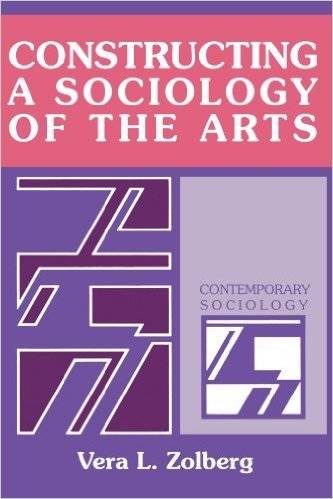Sociologists who study the arts have focused on constructing images of “the artist” as a social type and have, therefore, been criticized by art professionals for a lack of attention to the creative process and individual artistic personalities. In this book, the author examines the diverse theoretical approaches to the study of the arts and develops a sociological approach that acknowledges the importance of aesthetic imperatives and the individual creative process while also assessing the institutional, economic, and political influences on the creation of art. The author focuses on the ways in which people become artists, the institutions in which their careers unfold, the public they need to please, and the institutional and political pressures with which they must contend. Particular subjects covered include the differing relations of art to primitive and industrialized societies; the process by which works are “recreated” at different times for new social purposes; the role of the audience in the realization of artistic experiences; and the reasons for the evolution of artistic styles. This book makes a major contribution to the development of a sociology of the arts at a time when the role of the arts in society has become a subject of increasing concern to social scientists.
